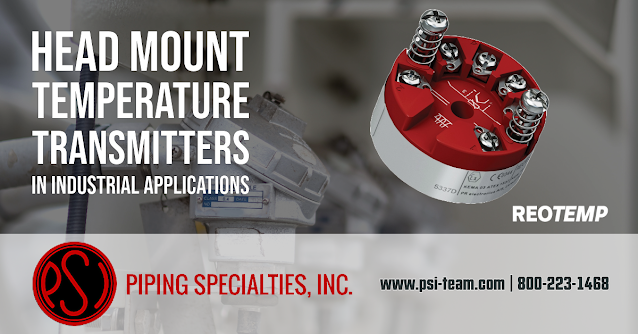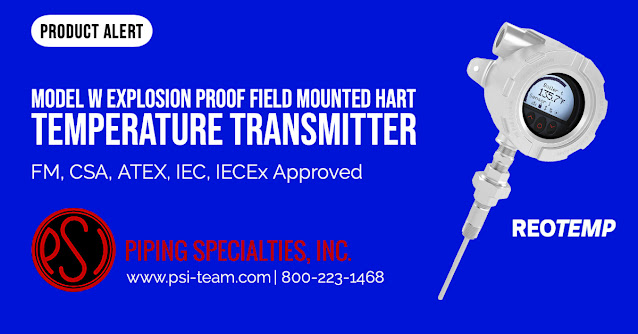The REOTEMP Dual Mode Thermometer (DMT) offers a convenient and efficient way to monitor temperature locally and remotely in a single, compact unit. Reotemp designed the DMT with two independent sensors in one thermowell, eliminating the need for separate instruments and simplifying calibration tasks. Operators can rely on the bimetal thermometer to see an immediate, on-site reading while gathering data from a built-in thermocouple or RTD for remote monitoring. This dual-sensor approach boosts reliability and reduces overall equipment costs since you do not have to install and maintain multiple temperature devices.
Each sensor in the Dual Mode Thermometer is NIST-traceable, which helps you confirm accuracy and adhere to strict quality standards. Reotemp encapsulates the sensors in a robust, stainless steel housing to protect them from harsh industrial conditions, and an optional liquid fill further shields the internal components from vibration and shock. The hermetically sealed bimetal thermometer includes a dampened helix that ensures smooth pointer movement, so you get an easy-to-read indication without erratic jumps. Because the DMT fits a standard thermowell, you can integrate it seamlessly into existing setups. This approach preserves your process integrity and allows quick instrument swaps when needed.
The DMT’s built-in thermocouple or RTD sensor transmits data to process controls, data loggers, or other remote systems. Depending on your operating range and accuracy requirements, you can select a thermocouple type (K, J, E, or T) or an RTD element (typically Pt100). Temperatures up to 1000°F are possible with certain thermocouples, while RTD versions measure up to 900°F. Reotemp also offers a 4-20mA transmitter output to tie the Dual Mode Thermometer into your plant’s control loops without extra converters.
Installation remains straightforward because you only insert one instrument into your existing thermowell instead of running separate lines for local and remote measurement. That design saves time during setup and prevents unnecessary process openings. For additional environmental protection, you can fill the thermometer with silicone, especially if you expect heavy vibration or washdowns. Reotemp’s rigorous testing ensures each Dual Mode Thermometer performs consistently, from -100°F applications to extremely high-temperature processes.
Users appreciate how this device streamlines calibration checks. You compare the local dial reading with the remote data to validate both signals at once, shortening maintenance windows and cutting the risk of measurement drift. The DMT’s versatile design serves industries such as food and beverage, petrochemical, energy, and pharmaceuticals, where accuracy and reliability are critical for quality control and safety. The REOTEMP Dual Mode Thermometer delivers a practical, high-performance solution for professionals who want complete temperature oversight in a single, durable package.
Piping Specialties, Inc. (PSI Controls), headquartered in Portland, Maine, distributes the REOTEMP Dual Mode Thermometer throughout the New England States. Their knowledgeable team guides customers in selecting the ideal configuration for each application, ensuring reliable temperature monitoring solutions that keep processes running smoothly.
https://psi-team.com
800-223-1468


